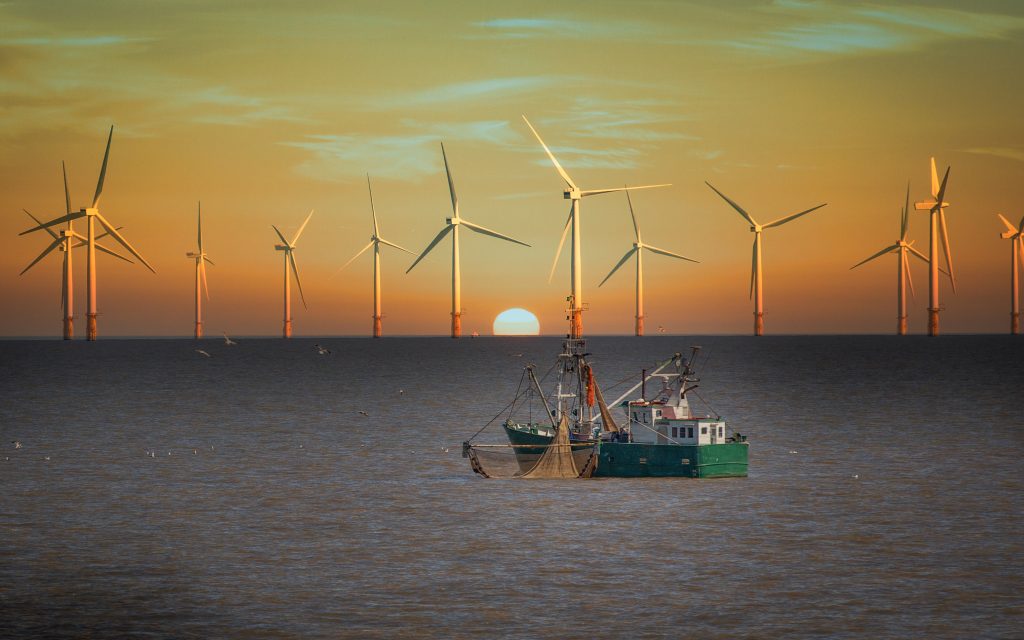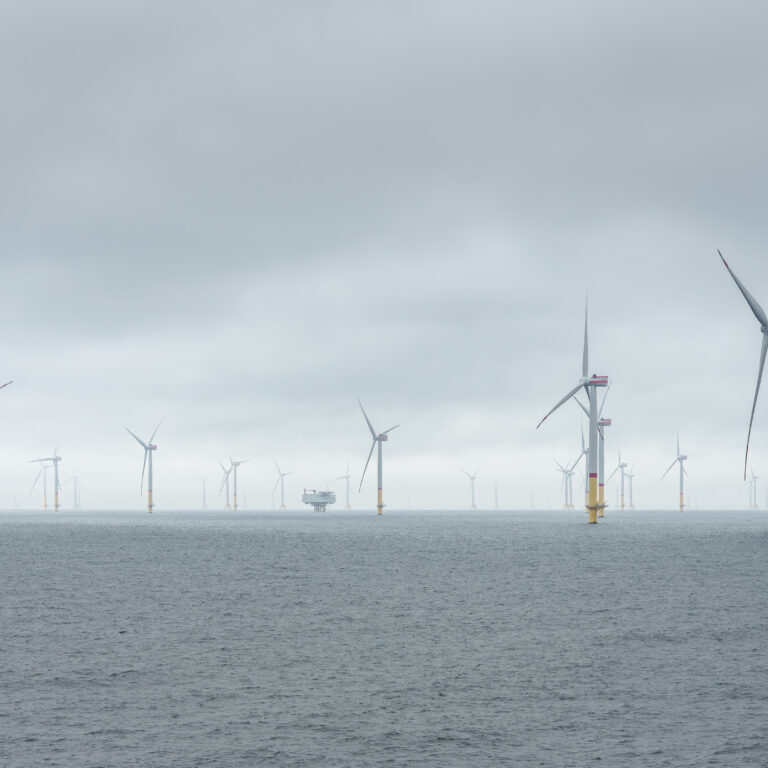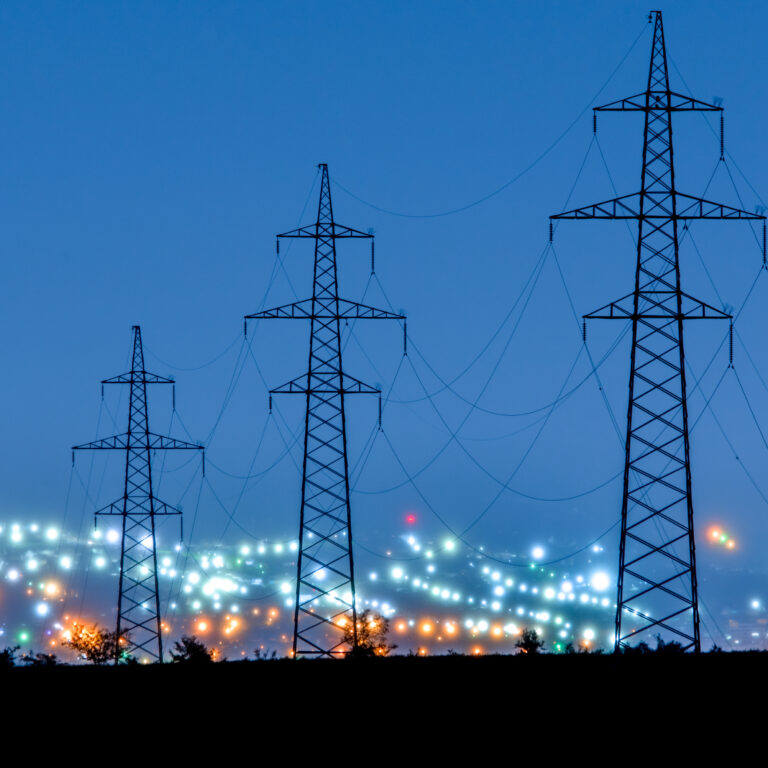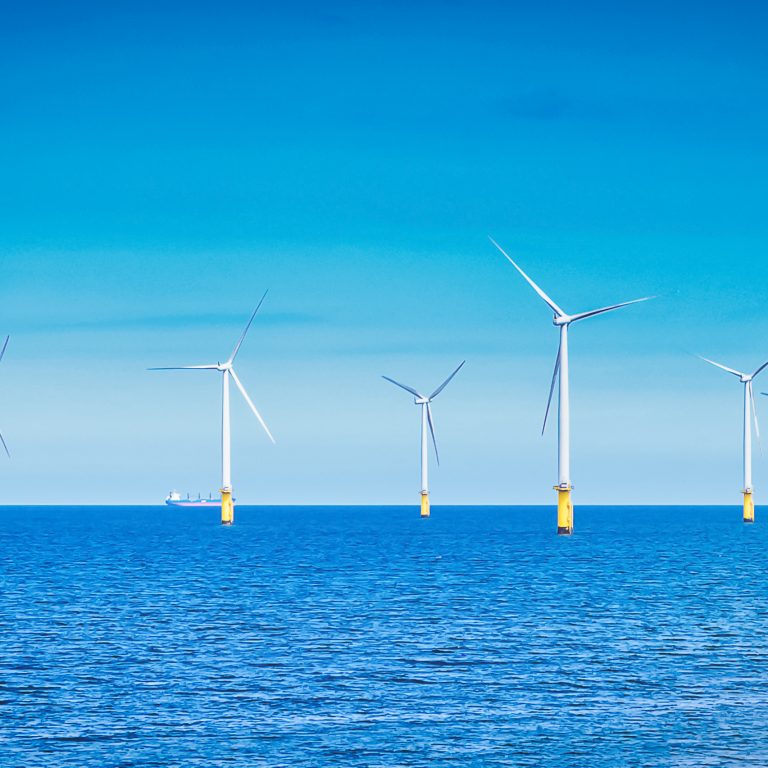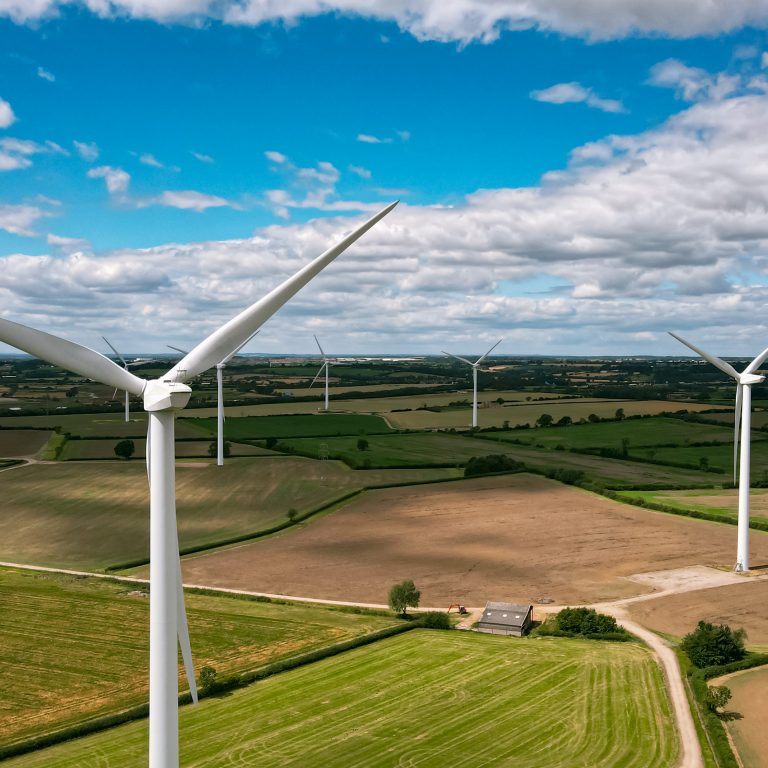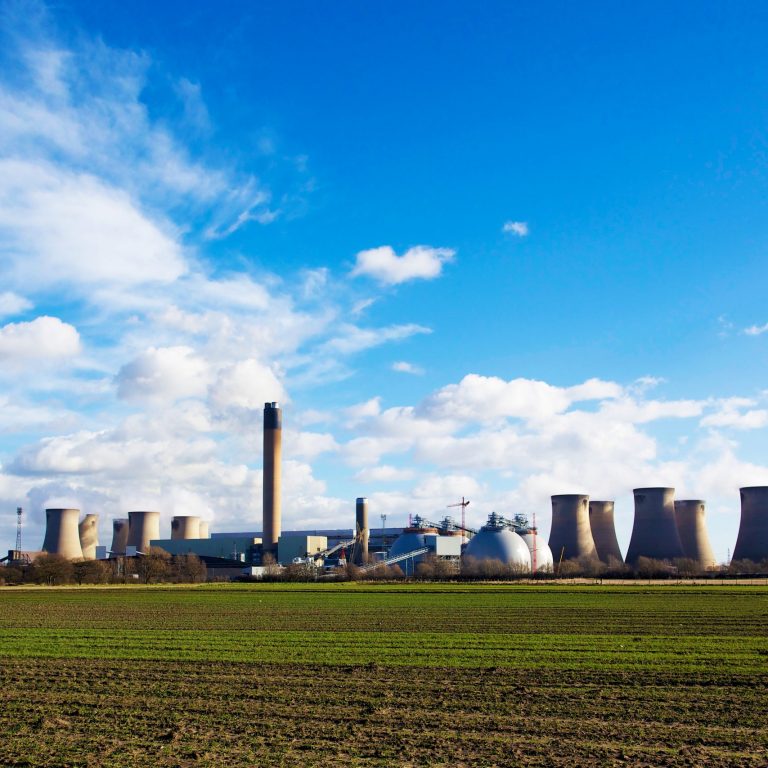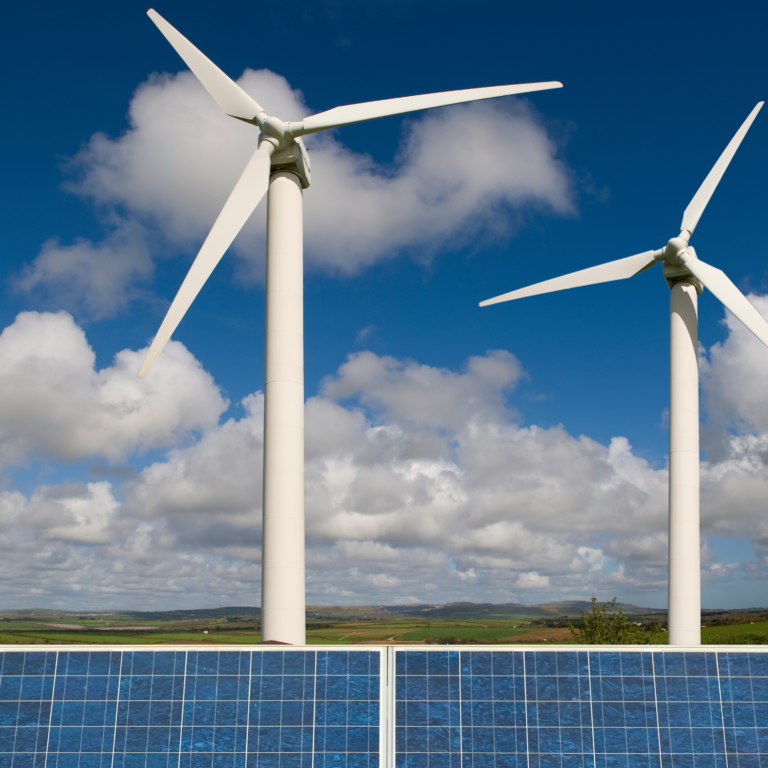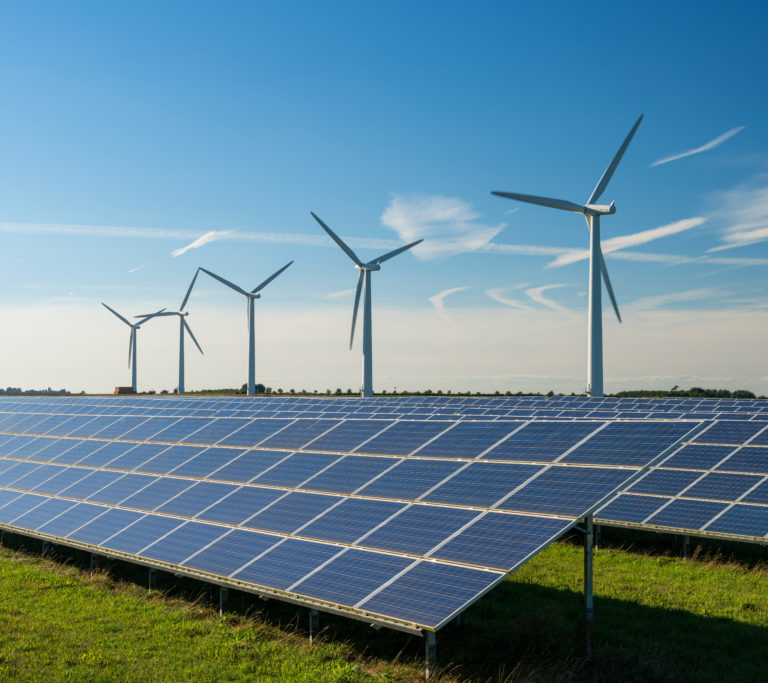It’s no secret 2016 was a year of change. But beyond the high stakes political changes were events that indicate a shift of a similar size (if far less controversial) – the move to a decarbonised power network.
In the last three months of 2016 this change was characterised by four ‘firsts’ in the history of Britain’s power network. Each one signals a continuing trend that could offer a sign of what’s to come in the future.
The findings come from Electric Insights, a quarterly report from researchers at Imperial College London, commissioned by Drax. It tracks the rises and falls of the power generation system in England, Scotland and Wales, plus its environmental impact.
1. Wind power reached record output but was down overall
One of the most interesting events was the way the wind blew – both a lot and not very much. 2016 was the first ever year that wind generated more power than coal. And a large part of that was thanks to the weather.
On the 23rd December, Storm Barbara hit the UK, bringing strong winds of up to 90 miles per hour. As a result, wind output produced more than 10GW for the first time ever, beating the previous record of 9.4GW set in 2014. At its peak, wind power met 37% of British demand, generating enough electricity for 15 million people – or everyone (and everything) north of Nottingham.
But despite these peaks, over the full quarter wind output was in fact 7% lower than the same time period in 2015. So while it was a quarter that showed how important a part of our power make up wind is right now and will be in the future, it also showed how much it depends on the weather.
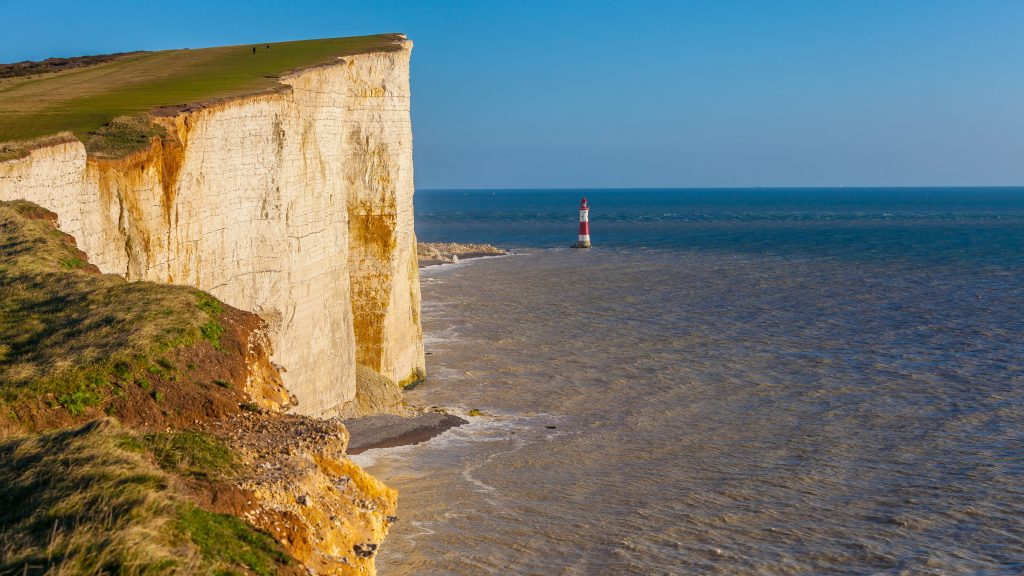
2. Britain exported more power to France than it imported
For the first time in six years Britain exported more electricity to France than it imported. Electricity flows between the two countries via an undersea interconnector called the Interconnexion France-Angleterre – and normally we accept more from the French nuclear generators and its other power sources than we send back. That changed at the end of 2016.
More than a dozen of France’s nuclear power stations where turned off after safety checks found a flaw in their design. While urgent maintenance took place during the last few months of 2016, British electricity generators exported power to meet French demand – taking advantage of higher-than-usual electricity prices on the other side of the English Channel. In fact, Britain exported more in one week in November than over the whole of 2014 and 2015 combined.
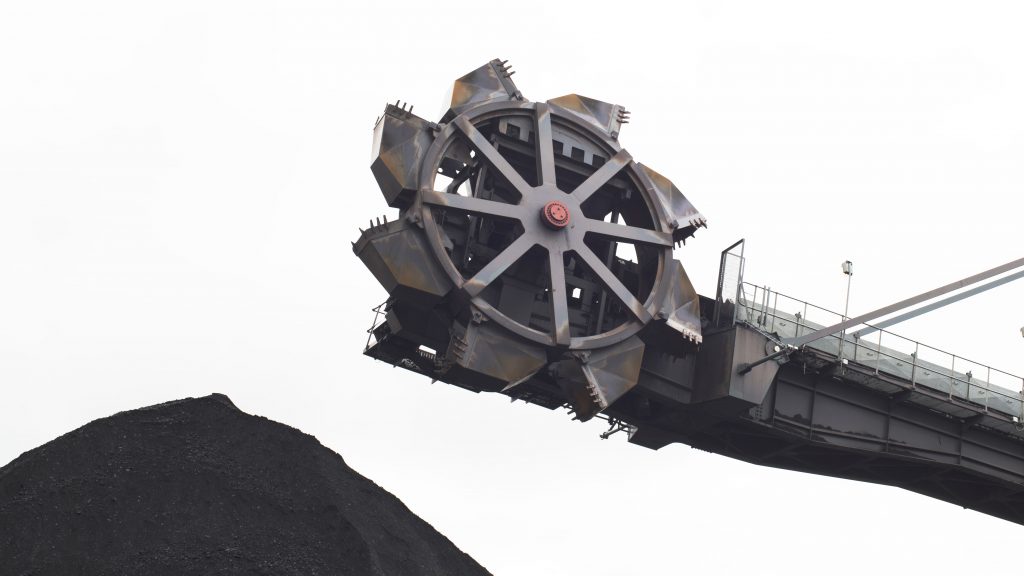
3. Carbon emissions were at a 60-year low
Low carbon energy sources keep on rising as a proportion of the UK’s total output and in the last quarter of 2016 this meant carbon emissions fell to their lowest autumn level for 60 years. Overall in 2016, coal generation fell by 61% as a mixture of low gas prices and the Carbon Price Floor continued to force it off the system. Low carbon power sources grew to fill the gap, contributing an average of 40% of the UK’s power, while gas generation was up by more than 50%.
More than that, the quarter also saw another record – Britain’s cleanest Christmas in history. Up to 81% of Britain’s power was generated by low carbon sources, and the share of nuclear, biomass, hydro, wind and solar did not fall below 60% during the three days between Christmas Eve and Boxing Day.
4. Electricity prices hit a new peak, but also dipped below zero
Electricity prices reached their highest in a decade: £1,528 per MWh. But they didn’t stay there – for nineteen hours during the quarter, they also dropped below zero. Negative energy prices occur when there is low demand and power being generated from inflexible sources (for example the current British nuclear fleet, plus wind and solar), exceeds the amount needed. When this happens, generators have to pay to offload the excess electricity, which means Elexon – the body that handles payments in the balancing market – is essentially managing a market that’s paying below zero for electricity.
These extremes raise the question of whether such price volatility is the new normal. As more renewable energy comes onto the network, its sensitivity to the elements increases, which in turn can increase volatility. The answer is: possibly.
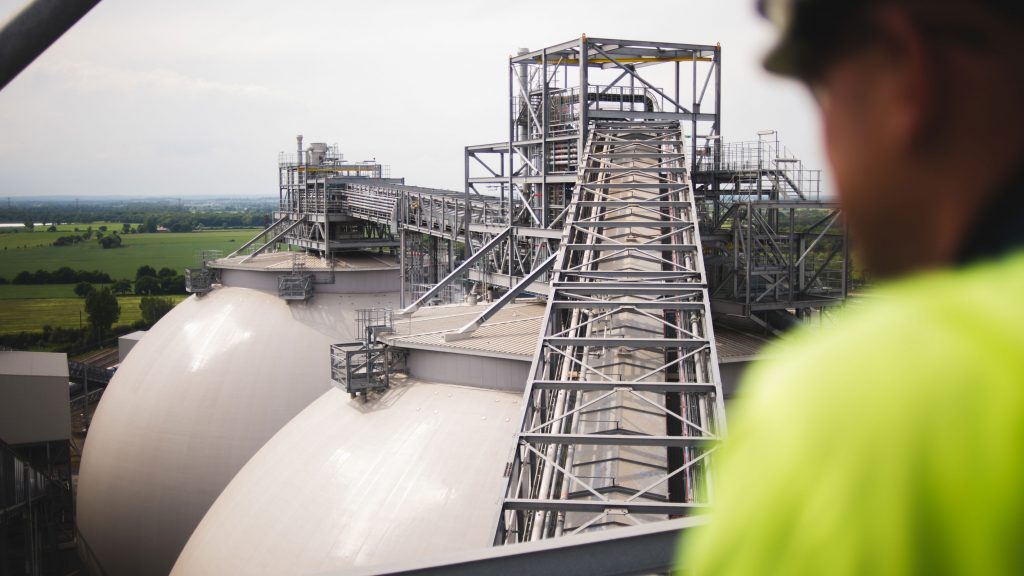
What does this mean for the future?
The number of firsts in Britain’s power system signifies the scale of change it’s currently seeing. With the end date for coal coming ever closer, the country is increasingly realising the importance of exploring – and using – lower-carbon fuels to generate its electricity. Given the pace of change we’ve already seen, by the time we reach the last few months of 2017, Britain may well be welcoming in another new range of electricity firsts.
Explore the data in detail by visiting www.ElectricInsights.co.uk
Commissioned by Drax, Electric Insights is produced independently by a team of academics from Imperial College London, led by Dr Iain Staffell and facilitated by the College’s consultancy company – Imperial Consultants.







